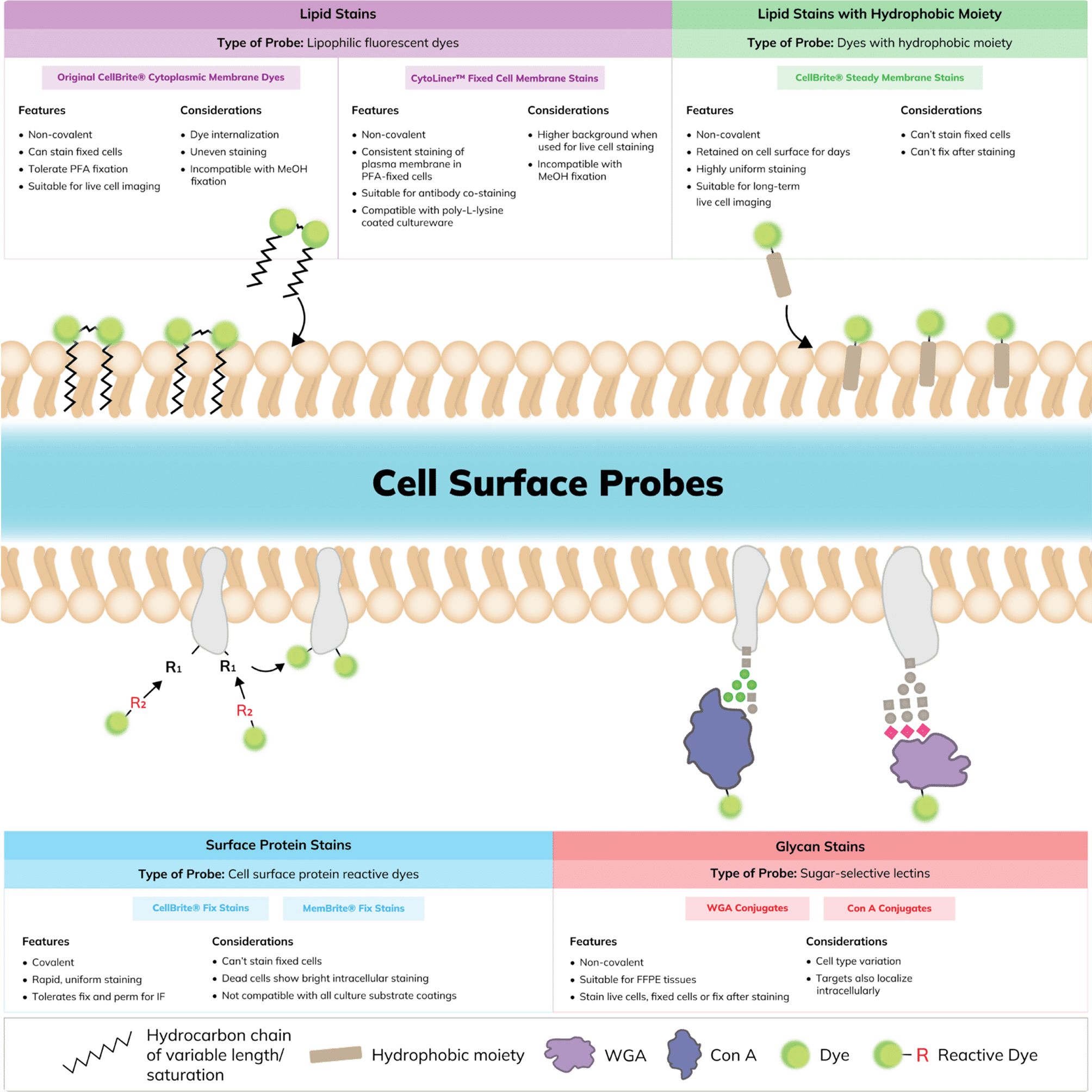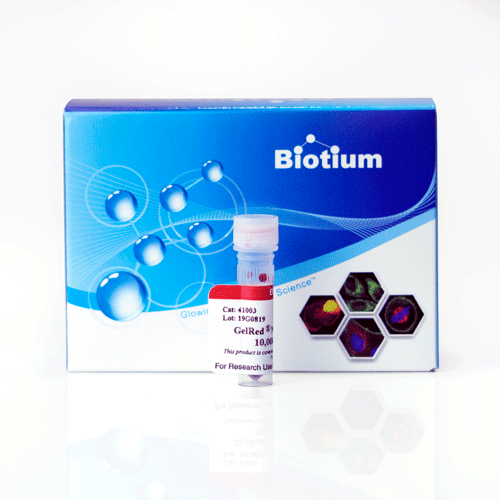
Block - Full page image with optional caption
Arcu hendrerit orci quam eget risus ante. Nec aliquam sed dictum eget. Et nisl amet in id amet. Diam arcu venenatis enim egestas vitae ut pharetra cras. Sed quis dolor quis in ipsum luctus non ac lectus. Suspendisse hac laoreet nunc hac nulla nulla viverra leo viverra. Turpis velit lorem diam aliquet neque. Et cursus urna dictumst non amet amet. Scelerisque cursus pellentesque eleifend arcu euismod egestas blandit. Nec accumsan erat purus tincidunt nunc. Diam massa diam vivamus felis tellus tellus.




